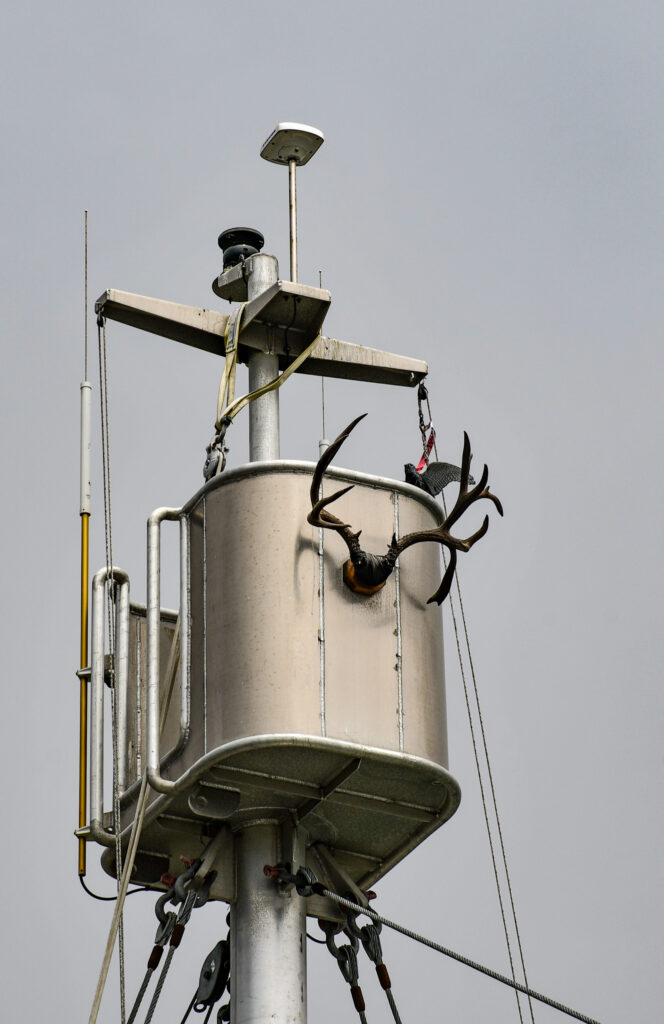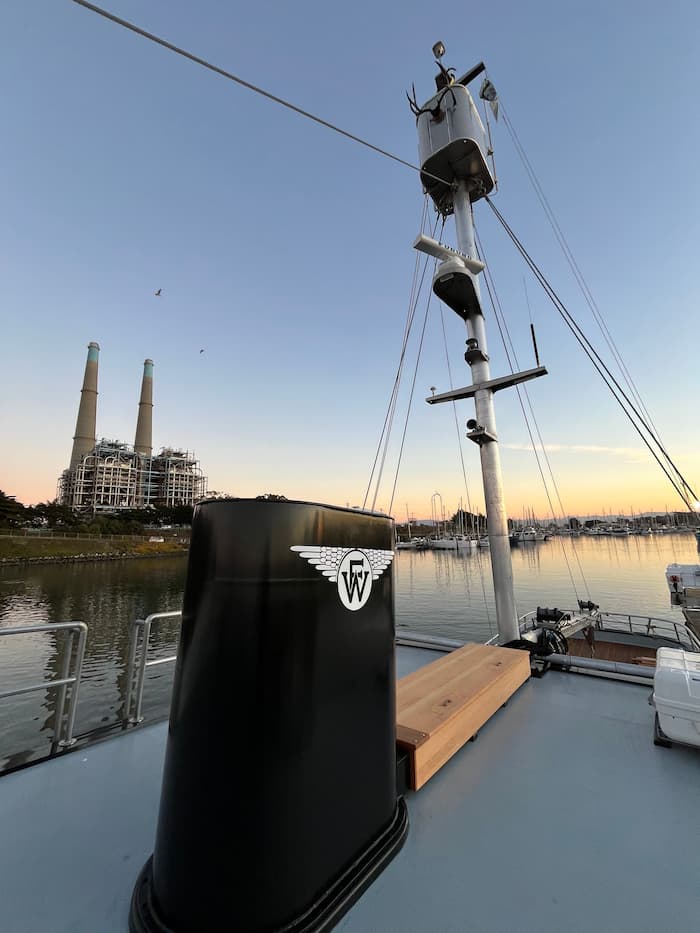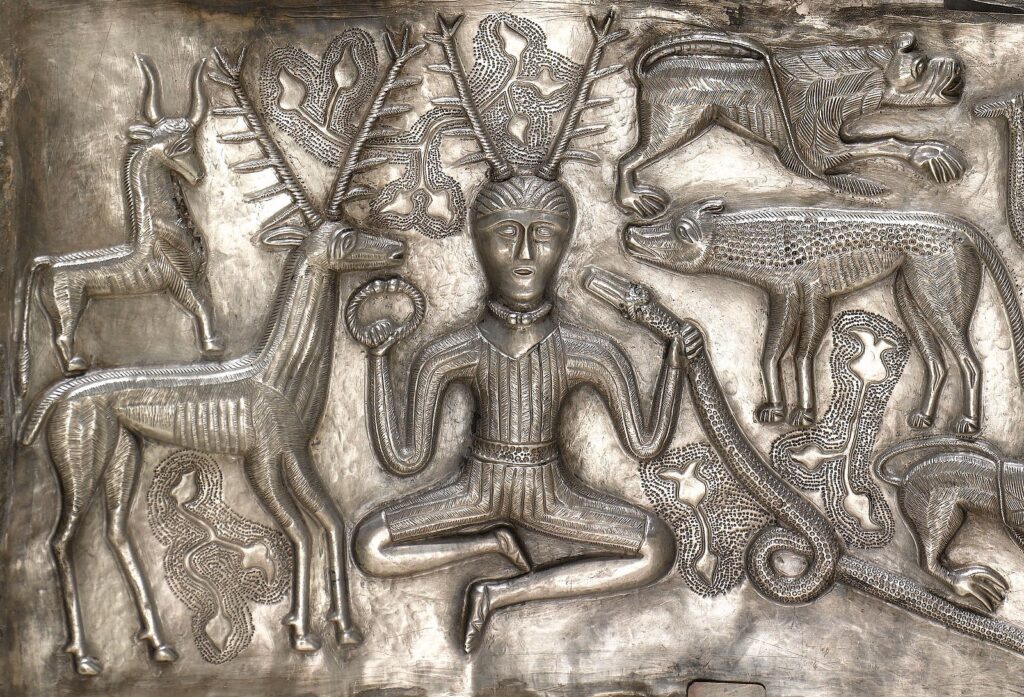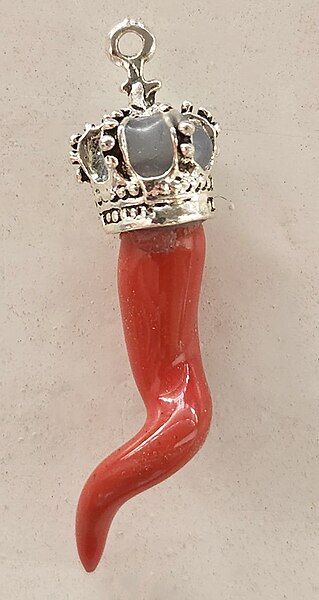

By Andrew Beahrs
If you’ve ever visited the Western Flyer, you’ve likely noticed the deer horns set firmly on the mast…and asked yourself what exactly they’re doing there. Why mount antlers on a restored fishing boat?
Back in 1940, when a good proportion of all Monterey sardine vessels sported similar horns, the same question sent John Steinbeck and Ed Ricketts on one of their celebrated flights of speculation. They observed that antlers were most common on vessels whose “lines were coiled and… cables greased,” which they thought reflected something essential about the owners. This contrasted unfavorably with boats whose “stays were rusting and…deck[s] unwashed,” with “paint scraped off and lines piled carelessly. “There was no need to see the master” of such a boat, Steinbeck and Ricketts thought; they already, in a fundamental sense, knew exactly who that person was.
But what was the purpose of the horns themselves? That was a deeper question, one they plunged into answering with curiosity and enthusiasm:
…when we asked why [the horns were there], we were told they brought good luck. Out of some ancient time, they brought good luck to these people, most of them out of Sicily, the horns grown sturdily on the structure of their race. If you ask, “Where does the idea come from?” the owner will say, “It brings good luck, we always put them on.” And a thousand years ago the horns were on the masts and brought good luck, and probably when the ships of Carthage and Tyre put into the harbors of Sicily, the horns were on the mastheads and brought good luck and no one knew why. Out of some essential race soul the horns come, and not only the horns, but the boats themselves, so that to a man, to nearly all men, a boat more than any other tool he uses is a little representation of an archetype.
Their minds sprang from horns into questions of luck, fate, culture, and even the possibility of a collective soul replete with shared archetypes. It had been nearly a decade since mythologist Joseph Campbell spent a year as part of their social and literary circle (an era brought to an unfortunate end by a dalliance between Campbell and Steinbeck’s wife, Carol). But it’s hard not to reflect that conversations between the trio might have informed this swift leap from the physical to the mythic, from the specific to the grandly general.
What more can we say about the meaning the horns might have had for the Sicilian fishers whose parents and grandparents had been working the Monterey waters for a half-century? Third-generation Monterey fisherman John (Giovanni) Pennisi offered some possible insights, suggesting that the same Greek influence that placed a Medusa on the Sicilian flag (intended, he says, to ward off sea monsters) led fishers to place red-painted antlers on their beloved boats for protection.
Such an ancient pedigree seems very possible, especially considering that the island’s population of native deer was hunted to extinction as early as 1600 AD. After that, fishing boats would have had to get antlers from the mainland Italian peninsula or elsewhere.
When I called Western Flyer Foundation founder John Gregg to ask about the story of the Flyer’s antlers, I expected to hear something fairly vague: perhaps that they were the product of a hunt around thirty or forty years ago. Instead, John told me without hesitation that his father took the deer in question on October 16, 1962. The historically minded reader might recognize that date—as it turns out, John’s father had taken to the mountain woods on the first day of the Cuban Missile Crisis.
Alone at home, John’s mother pleaded for space in a neighbor’s bomb shelter for herself, the one-year-old John, and his toddler sister but was promptly turned away. When John’s father returned later that day with no fewer than five deer, the stress of hearing about his wife’s understandable fear distracted him, and he soon lost a ring finger to the meat grinder. Not wanting to waste the venison, he gave it to the neighbor’s dog, always claiming afterward that the dog followed him around as though it wanted more of a taste. “It was too much death for him,” John recalls of his father. “Five is a lot of death and gore, and he never hunted again.” The same grinder is still used to make the family secret cranberry relish, which gives it, John says, “a certain ick factor.” One might say that the day had its share of both bad luck and exceptionally good luck—John’s father lost his finger, but the world avoided global disaster.
To return to the broader meaning of antlers on ships, wherever Sicilian seamen procured theirs, the desire (perhaps we might even say the need) to set them high on each ship might well have been shared by boaters working the inland waters of Europe. In first-century Lutetia (Paris, long before it was Paris), a guild of wealthy boatmen erected a pillar paying tribute to Jupiter and a host of other Roman and pagan gods.
At the very top of the column, they carved the antlered Celtic god Cernunnos (the name itself is thought to mean “antlered”), with a torc ring dangling from each projecting horn. Though we know next to nothing about Cernunnos’s origins, it’s suggestive and fascinating that the boatmen placed him atop the tall column, much as antlers would later crown the masts of Sicilian boats.


Now recall that John Pennisi says that antlers on Sicilian boats were always painted red and that this was “for good luck to reflect and send away anything bad or evil” (he thinks the eyes sometimes painted on the prows served a similar purpose). This may point to a second connection with Cernunnos, who can be seen gripping a cornucopia on the Boatmen’s column. Today, small cornetto charms, shaped like cornucopia and often painted red, are a common protection against the evil eye.
In the end, as Steinbeck and Ricketts suggested, we can’t know exactly how the antler traditions originated or what it meant to the people who first placed horns on their masts before venturing out to pursue (species). But as they also wrote, “the safety-valve of all speculation is: It might be so.” It might be that the horns are a vestige of a very old religious practice indeed, one that saw a pre-Roman antlered god carved high up on a stone dedicatory column that was itself a symbolic mast. Or it might be that they have nothing whatsoever to do with that—that they instead simply pay tribute to the luck of the ancient hunter who contributed the first antlers.
What we do know for certain is that the horns on the Western Flyer bring the boat into a great, perhaps ancient, tradition. May they bring luck to all aboard for decades to come.
Andrew Beahrs is the author of the food history and memoir Twain’s Feast: Searching for America’s Lost Foods in the Footsteps of Samuel Clemens, and co-host with Nick Offerman of the Audible Original based on the book. His work also includes the historical novels The Windcatcher and The Sin-Eaters, as well as essays and articles for The New York Times, The Atlantic, Virginia Quarterly Review, and many other publications. Andy is also part of the Western Flyer Foundation team, supporting us with writing and grants management.
Posted in Blog
